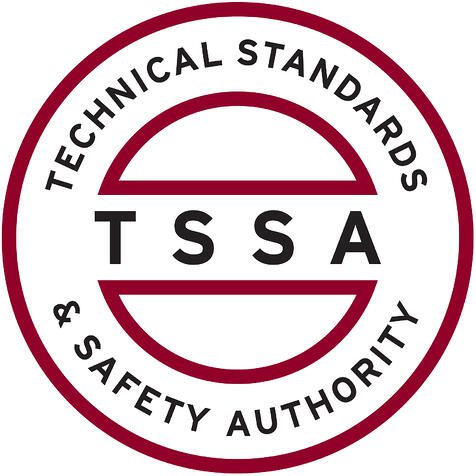
Rooms that don’t have ductwork, including an addition, sunroom or garage, can be a challenge to heat and cool. Adding ductwork from a current system may be expensive. And that additional area might just be too big for your home comfort equipment to handle, as your equipment wasn’t sized with it in mind.
A mini-split is a wise idea for these rooms because it doesn’t have to have ductwork. This all-in-one heating and cooling system has two parts: an outdoor condenser and an indoor wall-mounted evaporator. It’s often referred to as a mini-split heat pump as it transfers heating and cooling, rather than making it. Because of this, mini-splits are highly energy-efficient, with most earning ENERGY STAR® certification.
Choosing the right model for your house may feel like a large task, but our heating and cooling specialists at McFadden Heating & Cooling can provide support. We’ll begin with a no-obligation meeting to review your needs before offering you a free estimate. We’ll also review any special offers, rebates and financing you might qualify for.
Here’s about how much you can expect to be responsible for when you’re installing a ductless mini-split.
Average Cost for Mini-Split Installation
One of the most often installed sizes is a 12,000 BTU mini-split. This will heat and cool an estimated 450–550 square feet, or roughly the size of a studio apartment.
With professional installation, the average mini-split cost for this size is approximately $3,000, according to HomeAdvisor, who compiles average nationwide costs for usual home improvement projects.
Your exact mini-split installation cost will differ based on the type you select and how energy efficient it is. According to HomeAdvisor, other additional costs might entail:
- Installing a concrete pad for the outdoor condenser, $75–$300.
- Installing a dedicated electrical circuit, $250.
- Upgrading the electrical panel, $1,200. This could be required if you have an older house.
Will a New Mini-Split|Do Mini-Splits|Can a High Efficiency Mini-Split} Receive Any Tax Credits?
Getting an ENERGY STAR-certified ductless mini-split can make you eligible for valuable tax credits. The mini-split tax credit is $300 for qualified systems installed at your residence through December 31, 2021. We suggest consulting with your tax professional for more details.
Energy companies in Dresden also typically give rebates for installing energy-efficient heating and cooling equipment. We’ll help you figure out this process to confirm you have the best value from your new mini-split unit.
Is Mini-Split Installation Worth the Cost?
Although buying a mini-split is often costlier than traditional heating and cooling systems, it’s a very efficient way to heat and cool troublesome spots in your house. These can be:
- Additions.
- Garages.
- Sunrooms.
- Rooms you don’t visit very often.
- Spaces with hot and cold spots.
ENERGY STAR also recommends installing mini-splits in homes with unique challenges, like:
- Expensive electric heat from baseboards, wall heaters or radiators.
- Pricey central heat, either because of high fuel expenses or decreased efficiency.
- Older houses that don’t have ductwork because of radiator or baseboard heat.
When compared to more common electric heating and cooling, ENERGY STAR says a mini-split can save you up to 30% on cooling and up to 60% on heating. You’ll also get precise control over temperatures from room to room, thanks to zoned mini-split technology.
Our Specialists Can Handle All Your Mini-Split Installation Needs
From helping you select the best model to professionally installing it, our pros at McFadden Heating & Cooling can take care of all your mini-split installation needs. Call us at 519-683-2339 today to learn how a mini-split system can make your residence more comfortable and to receive your free estimate!




